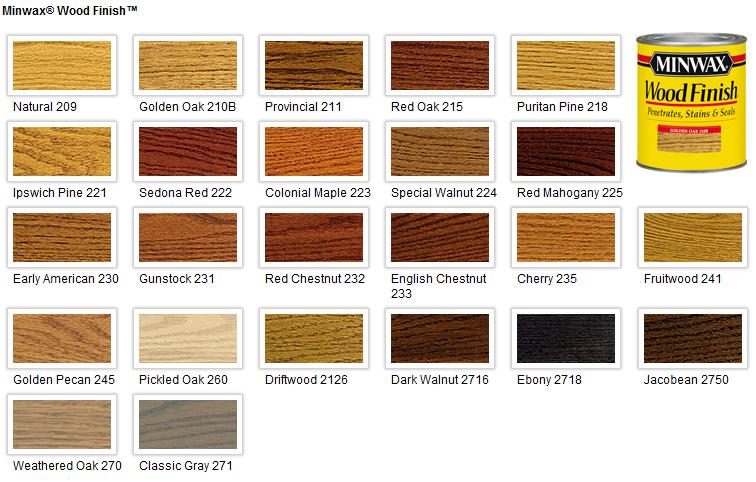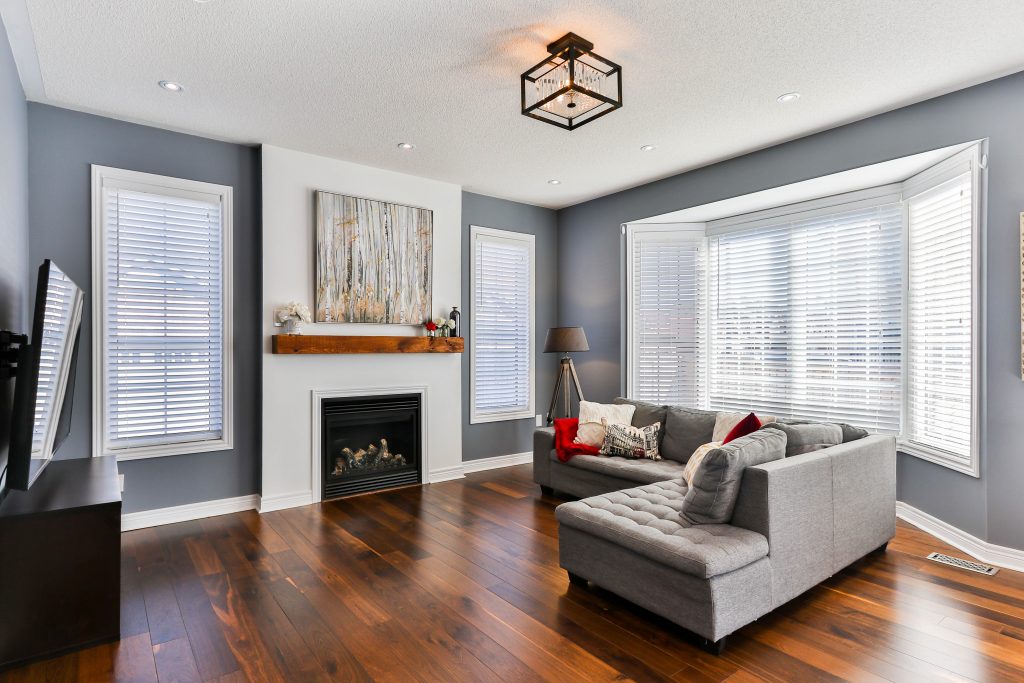
Please keep in mind that floor finish will take 60 to 90 days to fully cure
Protection
Clear Out the Work Area
Remove Existing Flooring
Protect your Home
Protect Your Pets
Follow-up after Completed Project


© 2023 Patrick Daigle Hardwood Flooring Handcrafted
[vc_row][vc_column width=”1/4″][/vc_column][vc_column width=”1/2″][vc_single_image image=”4161″ img_size=”300 x 200″ alignment=”center”][/vc_column][vc_column width=”1/4″][/vc_column][/vc_row][vc_row][vc_column][vc_custom_heading text=”Request an appointment, or call directly at 860-643-9191.” font_container=”tag:h3|font_size:20|text_align:center” use_theme_fonts=”yes” el_class=”pop-up-heading1″][vc_custom_heading text=”Please select 3 time slot(s). We’ll get in touch to confirm the appointment.” font_container=”tag:h3|font_size:25|text_align:center” use_theme_fonts=”yes”][vc_custom_heading text=”Choose a date and time for your appointment.” font_container=”tag:h3|font_size:20|text_align:center” use_theme_fonts=”yes” el_class=”pop-up-heading”][/vc_column][/vc_row][vc_row][vc_column][/vc_column][/vc_row]
[vc_row][vc_column width=”1/4″][/vc_column][vc_column width=”1/2″][vc_single_image image=”4161″ img_size=”300 x 200″ alignment=”center”][/vc_column][vc_column width=”1/4″][/vc_column][/vc_row][vc_row][vc_column width=”1/3″][/vc_column][vc_column width=”1/3″]